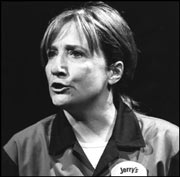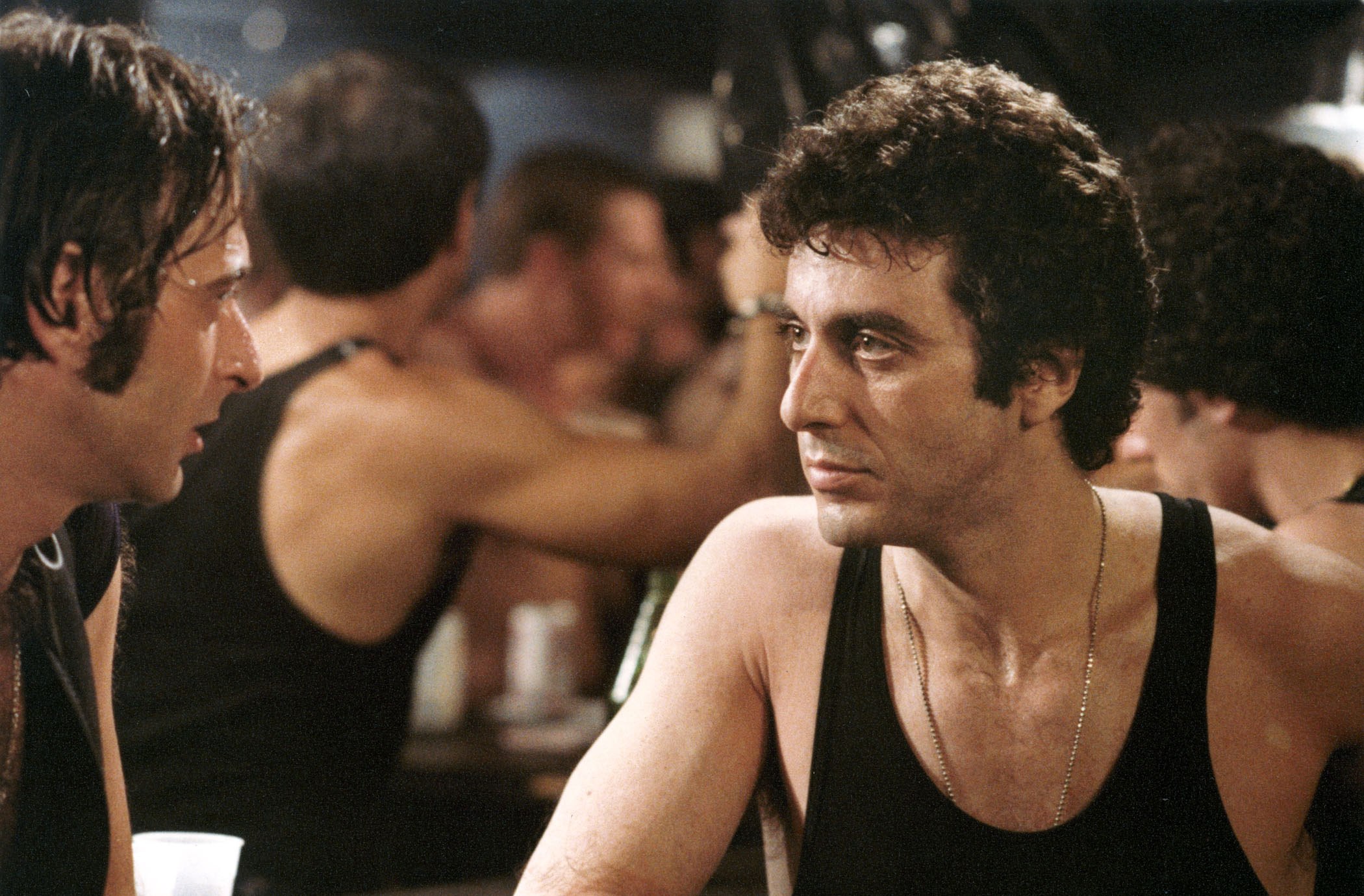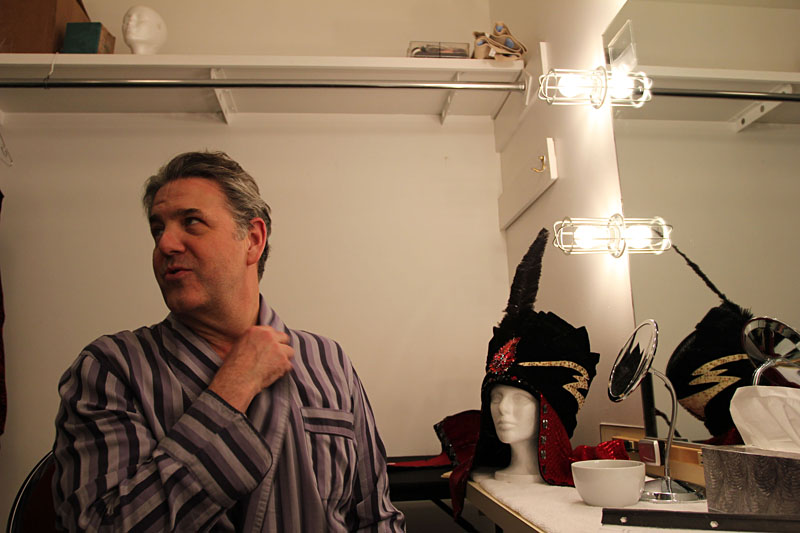NICKEL AND DIMED
Seattle Center, Intiman Theatre, 269-1900, $10-$42 7:30 p.m. Sun. and Tues.-Thurs.; 8 p.m. Fri.-Sat.; 2 p.m. matinees Sat.-Sun. and Wed., Aug. 21 ends Sun., Aug. 25
In a particularly iffy bit in this stage adaptation of Barbara Ehrenreich’s nonfiction best seller about trying to live on poverty-level wages, the show stops—literally midsentence—to allow the actors, suddenly “playing” themselves, to request the house lights be brought up so they can quiz audience members about how much (or how little) they’re paying their cleaning ladies. It’s an awkward effect—a bit too smug, perhaps, a bit too clever. But director Bartlett Sher and playwright Joan Holden don’t see anything wrong with rolling the dice this way, and by the time actor Cynthia Jones is inquiring whether anyone present would really “scrape shit” for $15 an hour, you’d swear the whole gambit was a great idea. It’s this sort of bright-eyed stumbling that makes Nickel and Dimed, an expansive, sometimes faulty, but first-class enterprise, worth its mistakes.
In 1998, writer Ehrenreich, at the urging of Harper’s magazine editor Lewis Lapham, memorably set off into the jungles of the working class to find out first-hand how so many were getting by (or, as the resulting book’s subtitle indicated, “(not) getting by”) on so little in welfare-reform America. There was no bleeding-heart pride in her investigative charades as waitress, hotel maid, nursing home attendant, and, most memorably, a Wal-Mart sales drudge; within the first six pages, she’s already told you that she had no intention of ever trying her hand at homelessness for the story, and that her ATM card was at the ready should she be facing starvation.
“So this is not a story of some death- defying ‘undercover’ adventure,” she writes. “Almost anyone could do what I did—look for jobs, work those jobs, try to make ends meet. In fact, millions of Americans do it every day, and with a lot less fanfare and dithering.”
Sher takes Holden’s adaptation, which effectively captures Ehrenreich’s self- effacing awakening, and makes it a distinctly theatrical experience; it couldn’t be told this way in a book or on television or in a movie (and, yes, someone’s already snapped up the film rights). Rather than try the impossible—to replicate the utter realism of the author’s travails—Sher is retelling this journey on his own increasingly expressionist terms: A revolving set, the canny product of designer John Arnone, spins us through different locales to the tempo of a live jazz drum patter until things give way to a chilly, bare-bones “Mal-Mart” forest of naked hangers and fluorescent lighting, where the ensemble twirls about in dreamy, choreographed doldrums.
And it is a journey. At the evening’s beginning, Sharon Lockwood, the actor playing Ehrenreich, tumbles through a door and confronts us with the question, “Ever wonder how you’d do if you got lost in the woods?” Sher’s production plays on that fear, on the not-so-secret panic that the current economy has made us feel, by taking us, with Lockwood as our frustrated guide, step-by-step through the almost fairy-tale misery of eking a life out of nothing at all. There’s a slight, perhaps unavoidably presentational feel to this adult storytelling, maybe even something a little precious (the way in which Ehrenreich is duped into the assignment and, wow, gets in over her ambitious head is almost clich马 but at least it isn’t dishonest. Lockwood’s Ehrenreich battles through dead-end jobs in Florida, Maine, and Minnesota, meeting people who don’t have the option of an ATM getaway, and stops to tell us how desperate she feels despite, she knows, her lack of any real desperation (“Who I am,” she admits, “is what makes me safe”).
More importantly, the show sees beyond just the simple numbing statistics of survival (projected supertitles on the wall tell us how much Ehrenreich is making at each job) into the more important things. Holden expands on the author’s mostly-first-person narrative with multicharacter scenes that further capture the withering of human souls that occurs in the workplace, and Sher avoids earnest comment; the respect between Ehrenreich and a born-again fellow Mal-Mart mouse (Cynthia Jones again, heartbreaking) is allowed to develop simply, never coddled or clapped proudly on the back.
It’s a hard tone to maintain, and Sher can falter. The choice to let some of the smaller, more eccentric characters (all played by a winning five-person ensemble) go over the top doesn’t really work. Some of the performers are having a little too much fun with their accents and chameleon opportunities; in the first act, some of the extra color occasionally distracts from the fine work everywhere else.
But Sher uses Lockwood’s wry horror—it’s a terrific performance, catching all the terrifying humor in her situation (the stupefying Mal-Mart employee exam is a highlight)—to get us through. And the other players each have their moment in the sun: Kristin Flanders makes a movingly browbeaten housecleaner, and Cristine McMurdo-Wallis has a exceptionally warm, crusty take on Ehrenreich’s waitress mentor, in particular.
The show, like its people, like Ehrenreich, and, for that matter, like Sher, has the courage to stumble but keep its head held high.
swiecking@seattleweekly.com 








